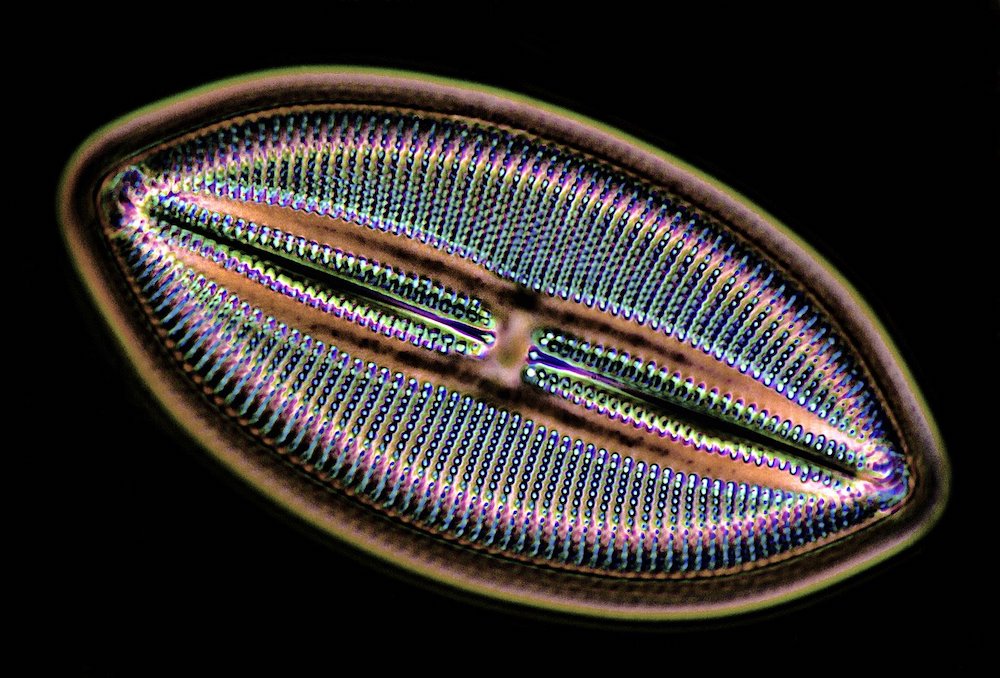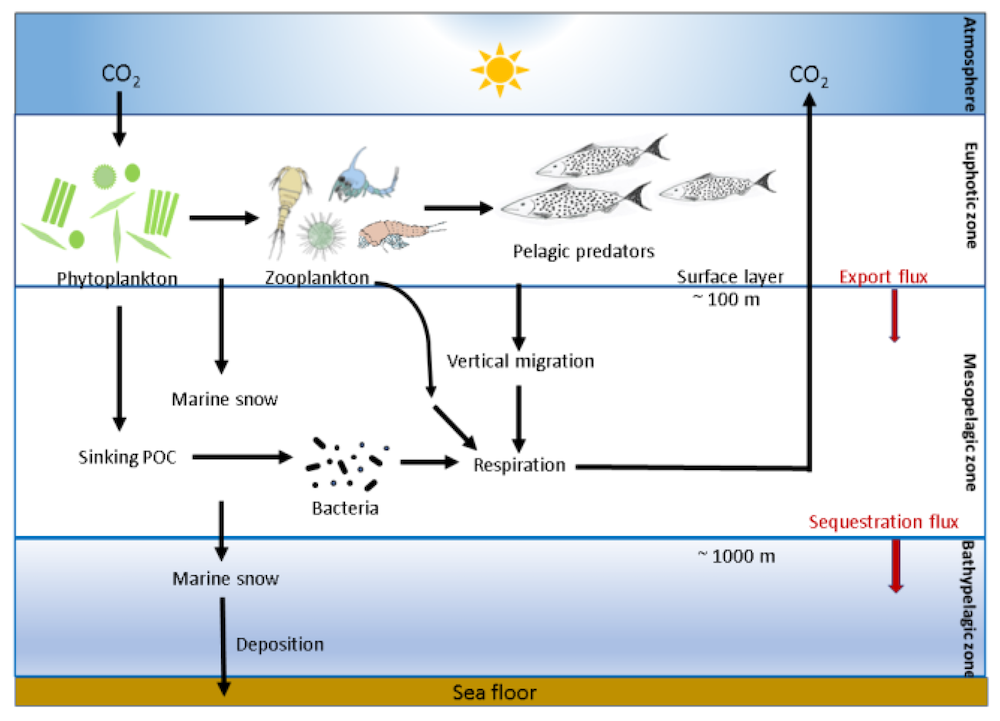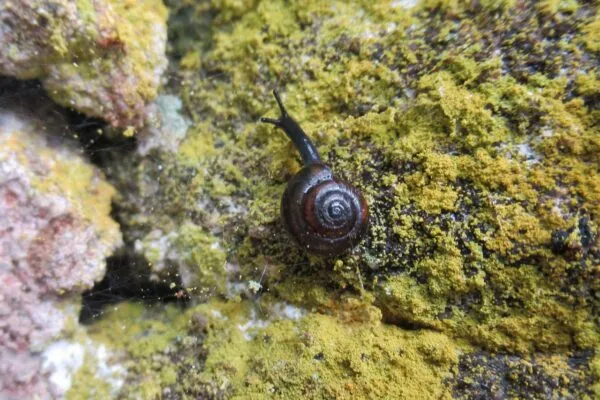Ocean Acidification Could Decline Diatoms, One of the Biggest Oxygen Suppliers
According to researchers, decline of these tiny floating organisms could cause a significant change in the marine food cycle and alter the environment of the ocean

Image: Science Alert
Diatoms in the oceans are tiny floating organisms, that supply the world with around a fifth of its oxygen. Unfortunately, ocean acidification is drastically reducing the number of diatoms. As per new research, these tiny creatures will deprive of the silica building blocks that they require for constructing their protective shells, without which their numbers could reduce by around 26 percent within the next 100 years.
Jan Taucher, a marine biologist from the GEOMAR Helmholtz Centre for Ocean Research Kiel, mentioned that diatoms are ocean’s one of the very important plankton groups. So, their decline could cause a significant shift in the ocean as a carbon skin, and also in the marine food cycle.
These single-celled algae consist of 40 percent of the photosynthetic biomass in the ocean. This makes them one of the major components of the overall biological pump that helps in taking out CO2 away from the atmosphere, keeping it in the ocean’s depths.
These creatures help absorb a large chunk of extra CO2 that humans produce. But with the additional carbon dissolving into the seawater, it further reacts to make more hydrogen ions. That’s how there’s an increase in ocean acidification, causing a significant alteration to the ocean chemistry that further leads to a 10 percent reduction in carbonate concentrations due to industrialization.

Image: Science Alert
The less carbonate means there would be difficulty in the formation of calcium carbonate, which is a vital molecule for many marine animals. After all, this molecule helps in the formation of their exoskeletons and shells for protection.
But if the concentration of carbonate decreases to very low levels, calcium carbonate will dissolve. That’s how certain creatures, including diatoms, are experiencing the dissolving of the shells. Earlier, it was considered that diatoms could survive ocean acidification as they build their intricate glasshouses using totally different materials. Hence, researchers thought they would benefit from increasing CO2.
Basically, these phytoplanktons make their outer shells, known as frustules, from the silica that’s floating in the ocean’s surface waters. But as per the new research, a factor was missed in the earlier studies. Now, it turns out that when the pH level of water drops, these crucial silica building blocks also start dissolving gradually. It means that more of them will sink further within the ocean’s depth before they become lighter to keep afloat.
It further leads to increasing silica on the ocean floor, which is far from diatoms floating near the light they use for converting CO2 into oxygen, carbohydrates, and water. Meanwhile, they could build their frustules for protection.Taucher and the co-researchers found the new observations using the giant oceanic “test tubes.” During the study, they added varying concentrations of CO2 for simulating future warming situations. After that, they evaluated the samples at different depths to analyze the captured dead diatom-filled sediment.
This modeling, supported by previous studies on the chemistry of diatom silica, shows a dramatic decrease in floating silica. So, the researchers fear that the diatoms could reduce up to a quarter by 2200. This will be a huge loss for these organisms. After all, these are one of the primary producers of oxygen in the world.
Via: Science Alert


